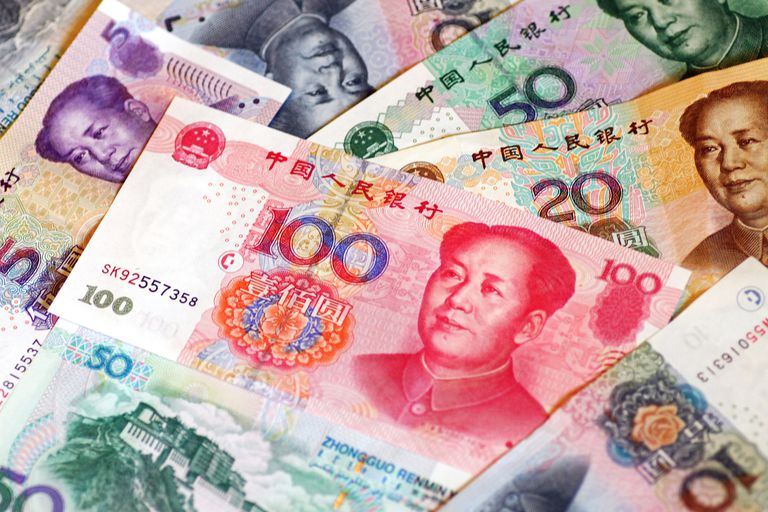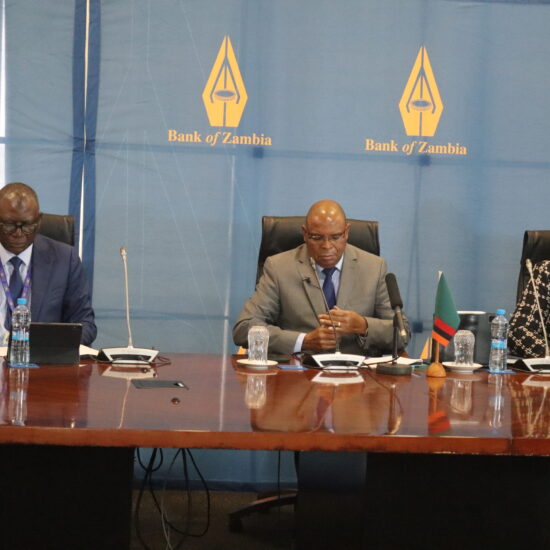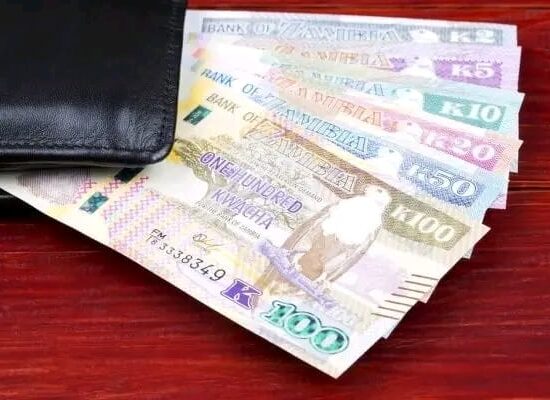
By Philip Chulu
Zambia’s total external debt stock has of late been attracting attention from international rating agencies to multilateral lenders as well as the local analysts and economists. There are questions being asked about how the country will be able to pay off the annual debt obligations without compromising the treasury liquidity.
There seems to be no clear explanations and re-assuring messages from the treasury to convince the analysts and business community on how this seemingly impending problem will be dealt with leading to mostly a negative narrative taking root and weighing on the local economy.
There has been suggestions by some analysts and economists that the government of Zambia should explore the idea of Swapping external debt owed to China from dollar denominated debt to Yuan denominated debt.
Why you may ask? Well firstly it’s worth noting that as at end of 2018, Zambia’s external debt position stood at $10.5 billion with about $3.1 billion of that balance owed reported to be owed to China. Put in another way, about 31% of Zambia external debt is owed to China. This amount is significant and it’s managment in terms of repayment terms and interest would go a long way in reducing of repayment obligations on the treasury.
Well at a total external debt balance of U$10.5 billion, you can imagine how high the cost of debt servicing is to the treasury. To top it all, an embattled kwacha and strengthening dollar impacting on emerging markets is adding to this headache as more kwachas are required to service the debt.
Bank of Zambia – BOZ Governor Dr. Denny Kalyalya in February’s monetary policy committee – MPC Statement said “The kwacha depreciated by 15.3% against the US dollar to a quarterly average of K11.89 per US dollar from K10.31 per US dollar in the third-quarter.
Dr. Kalyalya attributed the depreciation to mainly on account of a high net demand for foreign exchange mainly for oil procurement. In addition to strengthening of the US dollar triggered by the hike of the federal funds rate and negative market sentiments arising from Zambia’s credit rating downgrade contributed to the weakening of the Kwacha.”
The point to note here is that the Kwacha is embattled and that we are currently in tough times for the Kwacha and its deprecation against the US dollar has made it more expensive to service the national debt and hence straining the treasury. It then makes sense to consider various ways of addressing this issue and consider viable options to mitigate or reduce this strain on the treasury.
But how appropriate is the strategy of pursuing a debt currency swap? What is the impact of swapping the US dollar debt and thereafter holding Yuan denominated debt?
Let me start by saying if this is done, the Central Bank of Zambia – BOZ will inevitably have to start hold substancial sums of the Yuan-Renminbi in their reserves for the simple fact that the current Chinese debt is large and will be subsequently serviced in Yuan.
This option was given impetus when Chinese Ambassodor announced that Zambia’s trade volumes with China have hit US$5 billion. If these trade volumes are secured with signed of trade deals between the two countries, it would act as a source of Yuan as well as reserves to be used to settle future debt obligations.
But again, this would amount to putting 31% faith into the Chinese currency despite the concerns that other countries such as the USA and some European countries have with the Chinese currency. There are wide debate and accusations that the Chinese Yuan is not reflective of it true value. US President Donald Trump has repeatedly accused China of manipulating its currency to bolster its export led economy. Would it be safe for Zambia to play in this area and risk being caught in the cross fire?
Whether it’s true or not that China does manipulate their currency has not been established. The US treasury department in its Macroeconomic and Foreign Exchange Policies of Major Trading Partners of the United States report stated that “China has a long history of pursuing a variety of economic and regulatory policies that lead to a competitive advantage in international trade, including through facilitating the undervaluation of the renminbi (RMB).” However in its conclusion of the Report, the treasury department did not label China as a Currency manipulator, they did however state they would further observe the Yuan.
Having Yuan reserves then exposes the central bank to the risk of currency fluctuations (Volatility) in the Yuan reserves as it may not be a stable currency as the greenback has proved to be. The major reason why the Greenback (US$) is the major reserve currency of choice is because it is a stable currency and viewed with positive sentiment globally.
Taking into consideration all this, what then could be the government rationale for considering this path? Well the reason is simple, dollar reserves have been dwindling from over 3 months import cover to now 1.9 months cover.
This currency debt swap maybe a good idea, however much consideration must be put into the risk of holding large Yuan reserves on the central bank’s balance sheet. Zambia must ensure that it takes its collective interest first and not be used by either the promoters of US$ or Chinese Yuan.







